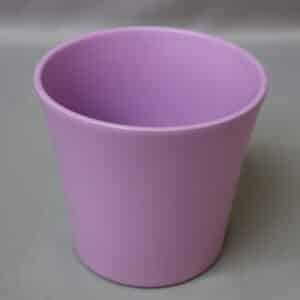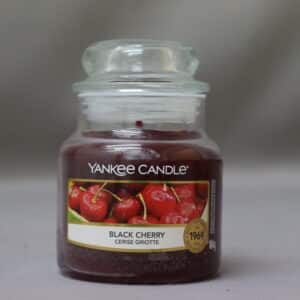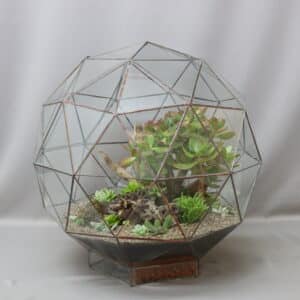Plant a scented garden for summer
DIY and how-to

One of the best aspects of gardening is that it stimulates all our senses, and one of the most powerful ways in which it does this is through fragrant plants. Plants have pleasant scents in order to attract the pollinators necessary for their survival, such as bees and butterflies.
Most flowering plants, such as honeysuckle and lavender, release their scent during the day, when light and temperature are at their peak. They do this in order to attract daytime pollinators like butterflies. Other flowering plants, such as evening primrose and angel’s trumpet (brugmansia), release their scent at night, as they’re pollinated by insects that are active after sunset.
Leaf-scented plants, such as rosemary, lavender, thyme and basil, release their scent when their leaves are touched or crushed. To experience their aromas to the full, plant them along pathways or as ground cover between paving stones.
A few tips for using fragrant plants in your garden
- In South Africa, summer holidays are synonymous with long, lazy lunches and dinners enjoyed outside on the patio or in the garden. Add to the experience by planting sweetly scented flowering plants where you’ll be entertaining your guests or spending time as a family.
- Plant scented trees and shrubs in various prominent areas of your garden. Popular options include the false olive, gardenia, cheesewood, bride’s bush, frangipani, yesterday-today-and-tomorrow and Mexican orange blossom.
- Lavender is aromatic, easy to grow and incredibly versatile – the flowers can be used in summer cocktails and home-made body products, and even in shortbread cookies and other sweet treats. Plant lavender in the sun and enjoy its scent throughout the season.
- Another good choice is McConnell’s Blue rosemary. This hardy, drought-tolerant herb smells divine and looks beautiful, too. Plant the rosemary close to your kitchen so that it’s easy to pick the herb for use in roast lamb and other dishes.
- Put window boxes and pots on the patio to good use by filling them with scented plants. The closer the plants are to the rooms you spend most of your time in, the more you’ll be able to enjoy them.
- Use sweet-smelling climbing roses and jasmine to create scented canopies throughout your garden. Choose white night-blooming flowers such as moonflowers to add a touch of magic to balmy summer evenings.
- Avoid placing too many scented plants too close to each other, as it may become hard to distinguish the different smells from each other. You want to be able to enjoy each scented plant’s unique aroma when you spend time outdoors.
- Scented leaf pelargoniums offer a variety of scents that are released when the leaves are brushed or touched. Plant Pelargonium citrosum if you tend to be bothered by mosquitoes when you spend time outside – this plant smells of citronella oil, which repels mozzies and other insects.
- Plant scented climbers such as white mandevilla or Chinese wisteria, which has sweet-scented lilac blooms. Star jasmine, with its masses of scented white blooms, is easy to grow and looks beautiful, too. Grow it as a climber, a sprawling shrub or as clipped ground cover. Indigenous wild Jasminum multipartitum can be used either as a climber or as a loose shrub.
You might also like
Shop online
-
- Sale!
POT COVER WENDY LAVENDER MATTE
- Original price was: R189.99.R94.99Current price is: R94.99.
- Add to cart Learn More
-
TERRARIUM PENTAKIS LARGE
- R8,949.99
- Add to cart Learn More




